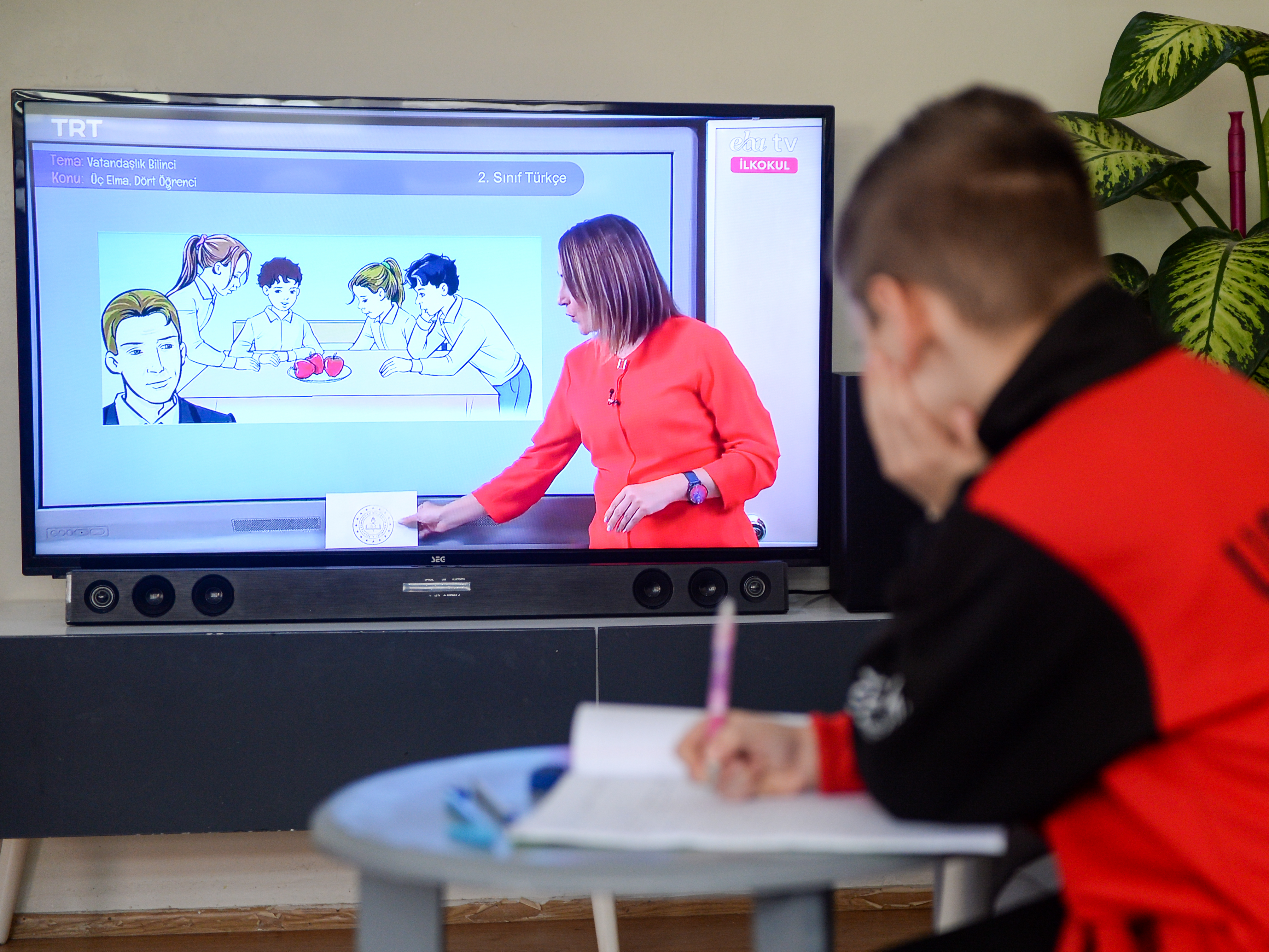- A new survey from the American Institutes of Research on how schools are responding to the coronavirus pandemic released preliminary responses from 474 school districts.
- Almost a third of high-poverty districts reported that teachers mostly reviewed content covered earlier in the year to students from kindergarten to fifth grade. For older students grades six through 12, roughly one-quarter focused on reviewing concepts.
- Meanwhile, in low-poverty districts, only 8% reported that teachers emphasized review from kindergarten to fifth grade. For older students grades six through 12, only 6% focused on reviewing concepts.
- Most school districts spent less time on instruction overall. Virtual school amounted to an average of 3.87 hours per day with high schoolers. Many states require at least six hours.
- Students in high-poverty districts were also more likely to learn from physically distributed materials, like paper packets. In low-poverty districts, 9% of students grades six through 12 learned from physical materials, compared to 42% of students in high-poverty districts.
- The “homework gap” has become one concerning factor in the shift to remote learning: one analysis found that 16.9 million children did not have the home internet access needed for online schooling.
- And this homework gap disproportionately impacts students of color; that same analysis found that 8% of white families do not have a computer at home – compared to 17% of Black and Latino families.
- Additionally, the Pew Research Center reports that a quarter of low-income teens do not have access to a computer at home.
- The low-poverty districts surveyed were also more likely to monitor students signing or logging into online programs. In fact, only 1% of low-poverty districts did not monitor student participation at all, compared to 15% of high-poverty districts.
- Responses from school leaders included concerns over equity, with one respondent writing: “Big challenges remain in the implementation of appropriate services for underserved student groups – students with disabilities, EL students, and economically disadvantaged students in our district.”
- Visit Business Insider’s homepage for more stories.
